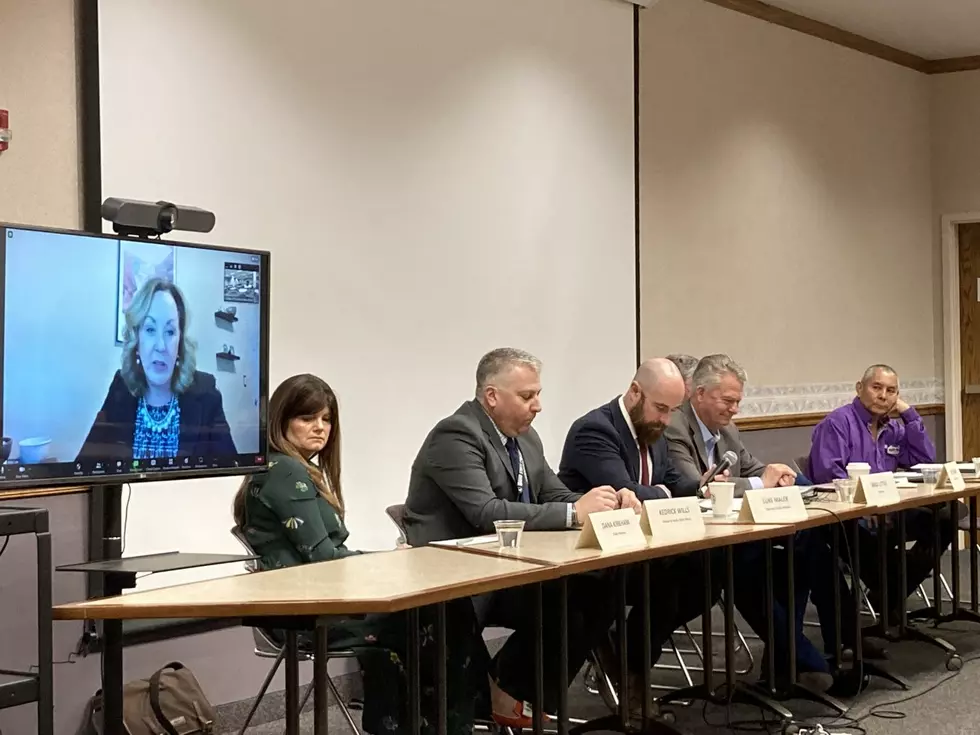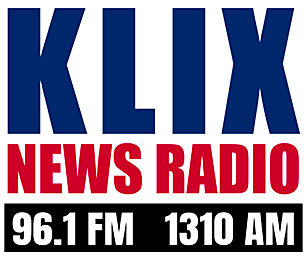
Stage 4 Restrictions Stay, Idaho Governor Encourages Flu Shots
BOISE, Idaho (AP) — Idaho will remain under restrictions in the fourth and final stage of reopening during the coronavirus pandemic for at least another two weeks, Gov. Brad Little said Thursday.
The Republican governor said that hospitalizations of those infected remain too high, but other areas, such as the positivity test rate, are improving.
He also encouraged getting flu shots. He said that flu patients combined with COVID-19 patients could threaten healthcare capacity. A shortage of medical supplies, patient beds or healthcare workers could cause the state to fall back to more restrictions.
“These variables threaten our healthcare capacity — the very thing we are trying to protect so that our economic rebound can continue and so our students can learn in their classrooms where they deserve to be,” he said.
Little in particular noted that students returning to school and people spending more time indoors with cold weather arriving could cause a spike in virus infections.
“We are concerned about where we are on the calendar, with schools starting up, with the flu season starting up,” said Little, who wore a face covering when not speaking.
Little issued a stay-at-home order in late March that ended April 30. The state then successfully advanced at two-week intervals through the first three of Little’s four-stage reopening plan. But the state remains stalled in stage 4 that was initially set to expire on June 27. It allows nearly all businesses to open as well as gatherings of more than 50 people as long as precautions are taken.
Little in late June also moved Idaho to a regional response system allowing local entities to decide on additional restrictions. Little has not issued a statewide face-covering mandate. But seven counties and nine cities have such requirements in place as of Thursday, according to the Idaho Office of Emergency Management. Also, highly-populated Ada County that includes Boise is in a modified version of stage 3 that has greater restrictions.
Little has faced continued pressure, including from lawmakers, to end the emergency declaration and lift all restrictions. He acknowledged Thursday that many Idaho residents five months into the pandemic are confused and irritated.
But he said, “If there was no action taken by any governmental body, and we would have had the run (of infections) that could have happened here, believe me, the economy would be in worse shape than it is right now, and that’s hard for people to understand.”
He said a third of Idaho adults face more severe consequences if they contract the virus, a limiting factor in getting the economy going if people don’t feel safe entering the marketplace.
Idaho’s economy is doing better than most states, with a 5 percent unemployment rate. But some 45,000 residents remain unemployed.
Christine Hahn, Idaho’s state epidemiologist, said that most people now appear to be getting infected by someone in their immediate family, often at family gatherings.
Johns Hopkins University through Wednesday reports that Idaho had more than 32,000 coronavirus infections and 372 deaths.
For most people, the coronavirus causes mild or moderate symptoms, such as fever and cough that clear up in two to three weeks. But for some — especially older adults and people with existing health problems — it can cause more severe illness, including pneumonia, and death.
More From News Radio 1310 KLIX









